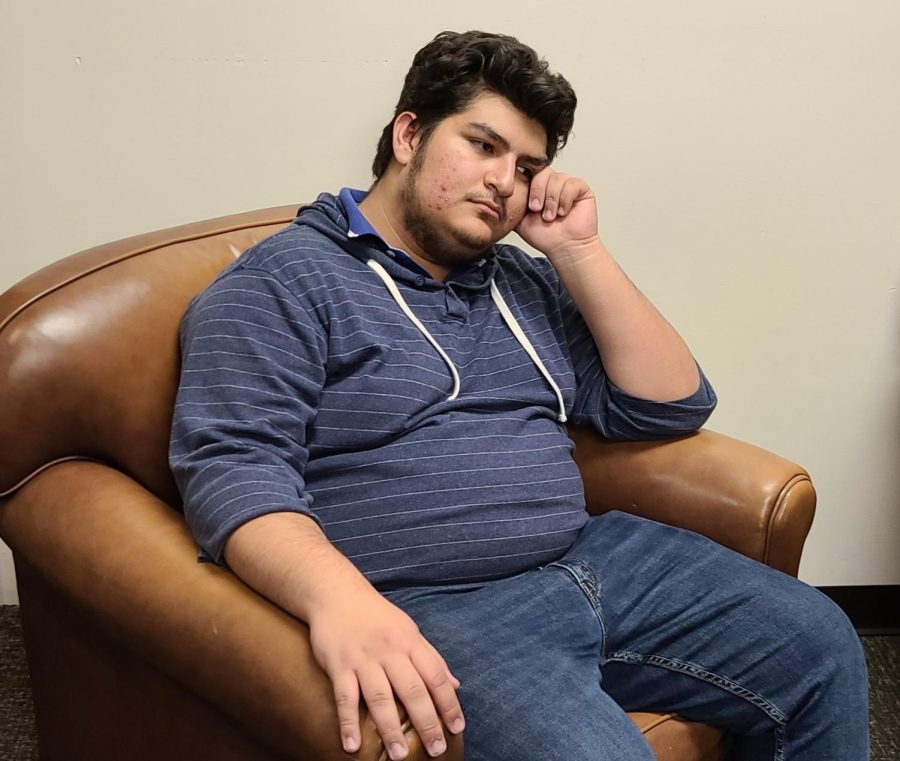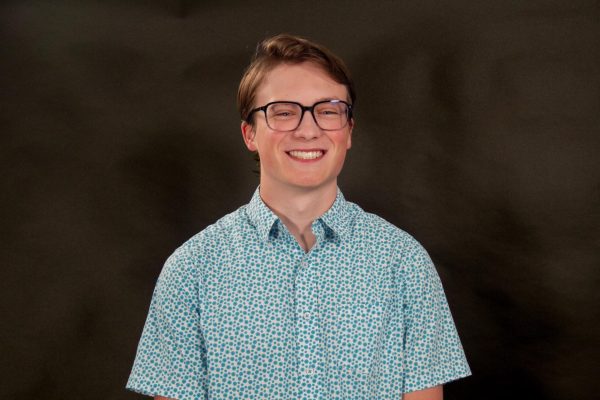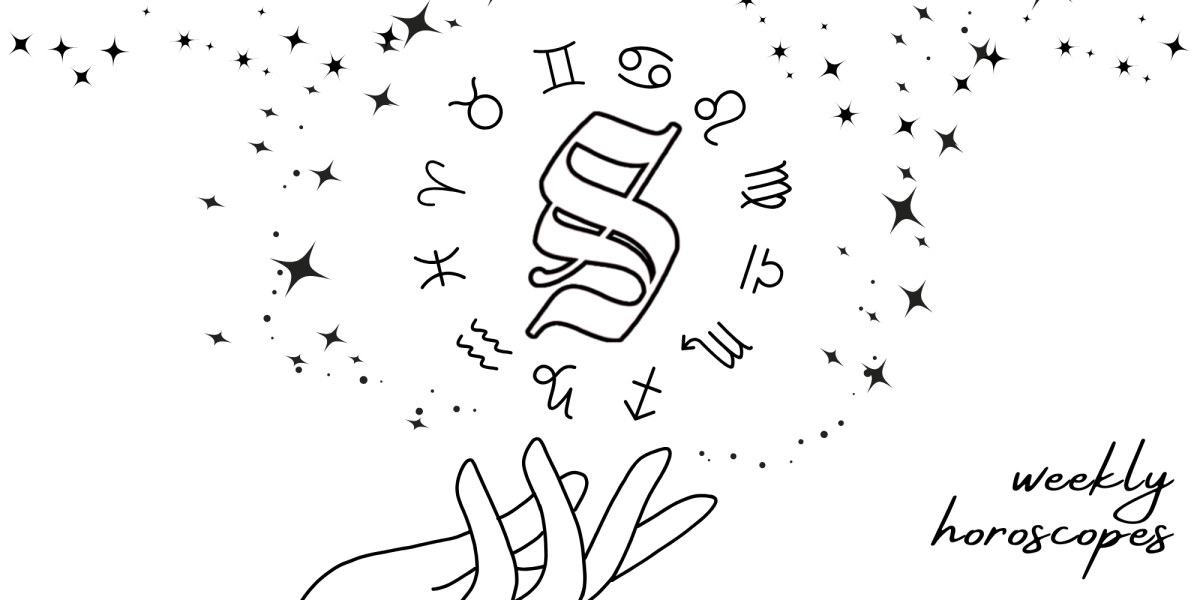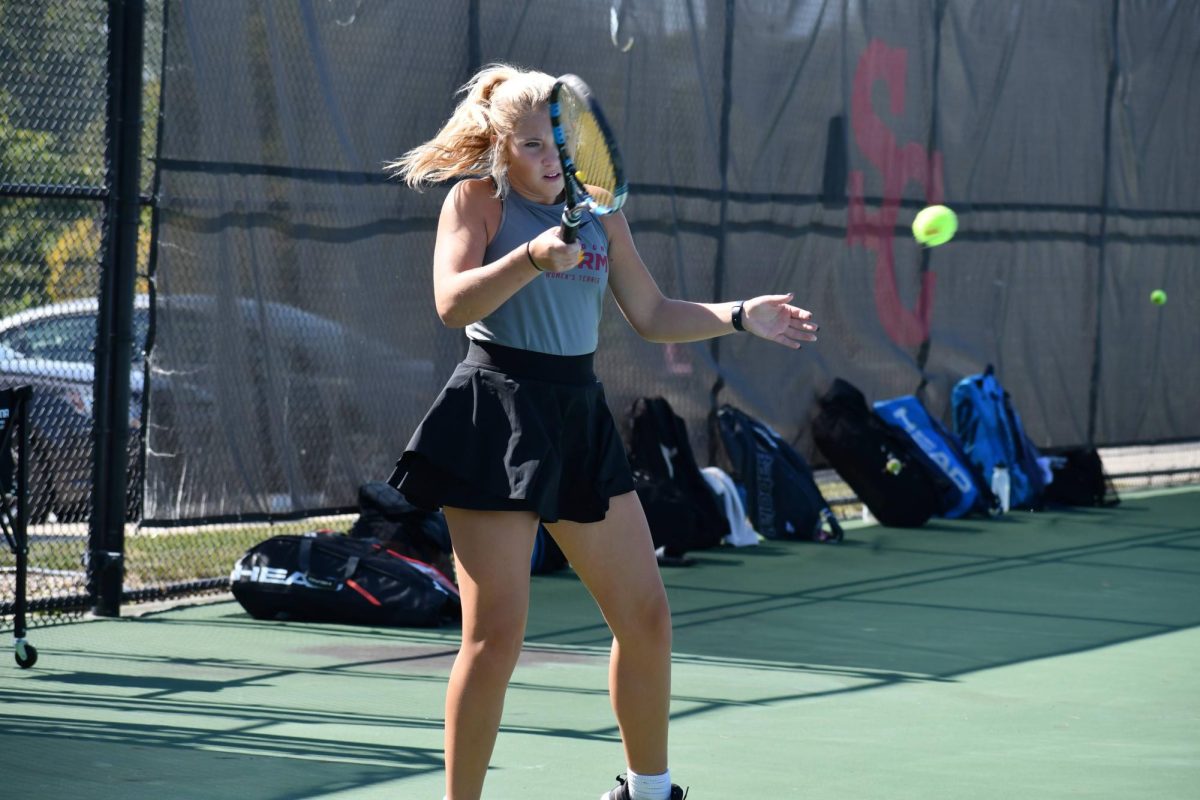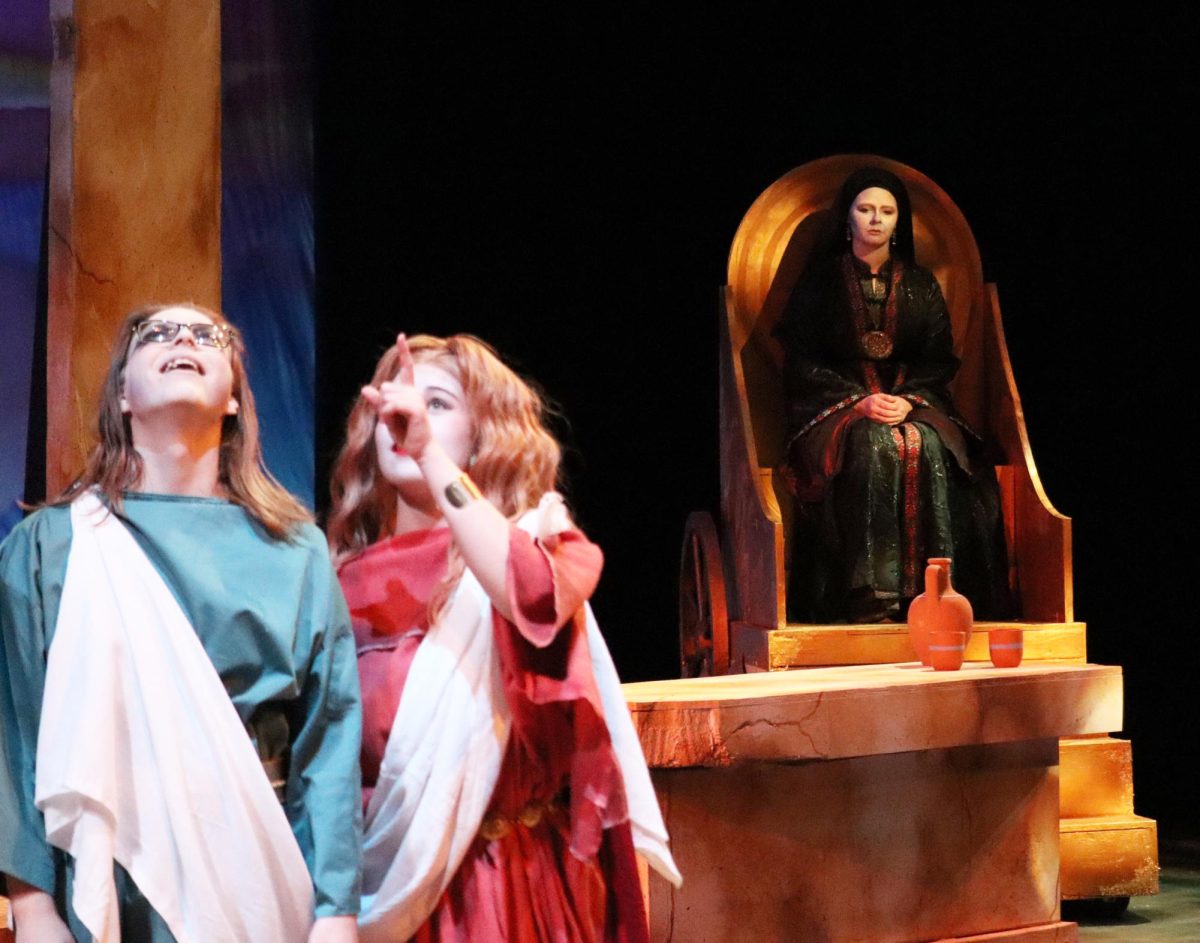COVID maintains grip on campuses
As a result of schooling during COVID-19, the turnaround between isolation and going back to school made it difficult to be a student.
November 30, 2022
The effects of COVID-19 linger, both in cases, deaths and the educational consequences that millions of students are facing.
Since it was declared a public health emergency in March 2020, young adults have had a behavioral change and an academic decline according to a 2021 Pew Research Poll..
COVID-19 was not just a problem during the height of the pandemic. Colleges across the country are now seeing the aftermath of how it affected millions of students who lived the reality of online learning and COVID-19 protocol in the transition into college.
Tayler Keitzer, the director of the first-year experience and community engagement at Simpson College, has seen how the collegiate life pre-COVID-19 evolved during the pandemic, completely changing what it means to be a student, a faculty member or a staff.
“I think expectations have been different for the past few years due to COVID,” Keitzer said. “Students are navigating how to adjust to these new expectations and/or how to adjust the expectations back to pre-COVID-19.”
There was a five-month gap in education between March and the beginning of the new school year in 2020, leaving students behind academically. After this gap, learning was different than in the pre-COVID-19 world.
The pandemic changed the way campus worked.
Students and teachers had to adapt to remote learning, a distinct change from what learning had looked like before COVID-19.
Online learning means more distractions than in the classroom, resulting in shorter attention spans. Students were forced to face the reality that learning would look a lot different than it had before.
This amounted to less hands-on learning, less social interaction, less time with professors and more time to be distracted.
First-year Kenzie Van Haaften experienced the brunt of COVID-19 during high school.
“There was so much uncertainty in my daily life that it was hard to concentrate on school because it seemed like the least of my problems,” Van Haaften said. “We had no idea what was going on.”
As a result of schooling during COVID-19, the turnaround between isolation and going back to school made it difficult to be a student.
“While I consider myself a strong student, those years I missed feel like a hole. Because some of my classes just ended, I feel like my high school learning is incomplete,” Van Haaften said. “I had become a completely different person than I was pre-covid, which came with not knowing what I wanted my future to look like.”
COVID-19 put a hold on learning for students across the nation. These students are suffering academically as a result of the pandemic.
A study done by The Cureus Journal of Medical Study in September 2022 noted that because of adaptions such as social distancing and isolation, there was a direct impact on the adolescent psyche.
The study states, “Social behavioral adaptations lead to increased incidence of psychosocial problems, worsening of preexisting mental illness, and fears of infection, uncertainty, isolation, and stress.”
Olivia Sanchez of The Hechinger Report noted the students who had a disrupted academic career are now struggling academically more than ever before, especially in the transition to collegiate learning. “Professors and students say the remote learning that students were stuck with during the pandemic wasn’t as good as what they would have had in person,” Sanchez said.
According to those in leadership positions at Simpson, these changes are visible in the classroom.
Elise Boulton, an SC Leader, interacts with incoming students on a daily basis, working to help them adjust to college academics and life on campus.
Seeing these struggles in real time, Boulton said she noticed these issues arising in the classroom.
“There are college students freely cursing in class after being asked to stop,” Boulton said. “Some have even raised their hands and asked if they could drop the course in the middle of the class.”
Part of college life is being involved in clubs and organizations on campus, but the aftermath of social isolation and social distancing left that involvement aside.
“I’ve seen slipping grades and lower involvement in extracurriculars,” Boulton said. “They also refuse to do the ‘fun’ stuff.”
The pandemic left fear within millions of people, changing the mentality people had about the future. Students began to worry about something that suddenly felt much bigger than school: what the new normal would be with COVID-19.
“I was so worried about another pandemic or something taking away more of my time that I couldn’t even think about the future,” Van Haaften said. “I wasn’t sure what the future could even look like with the way things were.”
Students have to adjust to the reality of online learning and changed expectations and the consequences of these come to a head when they enter college life.



